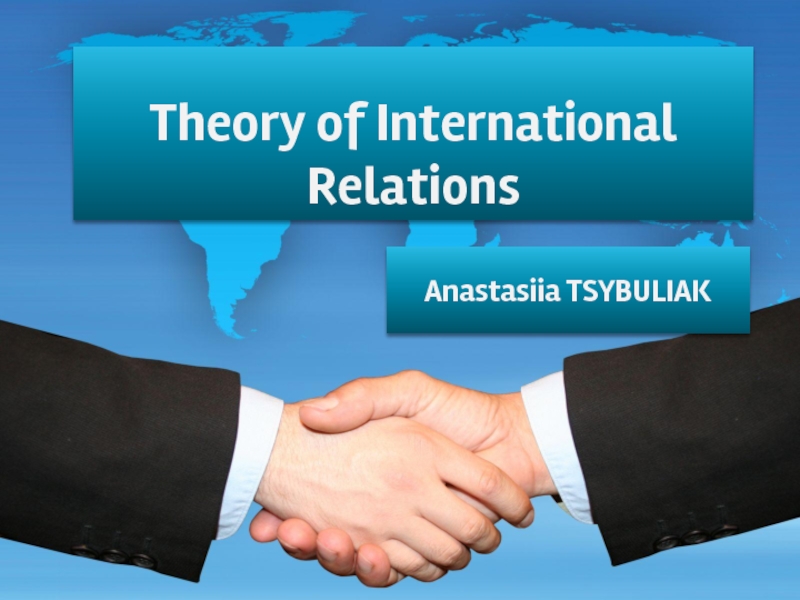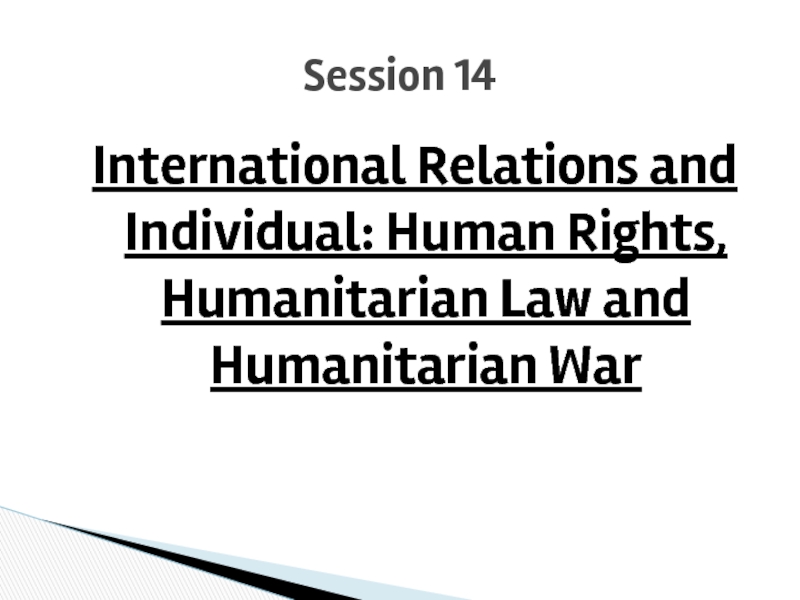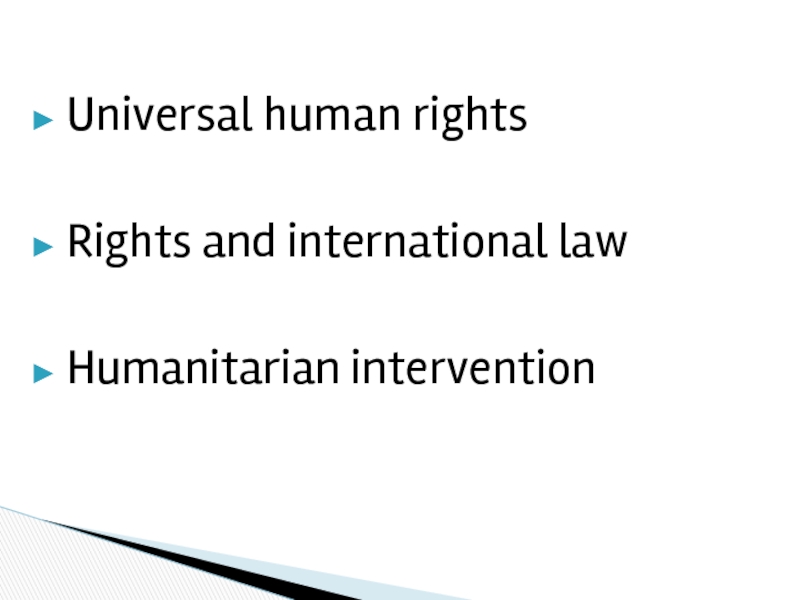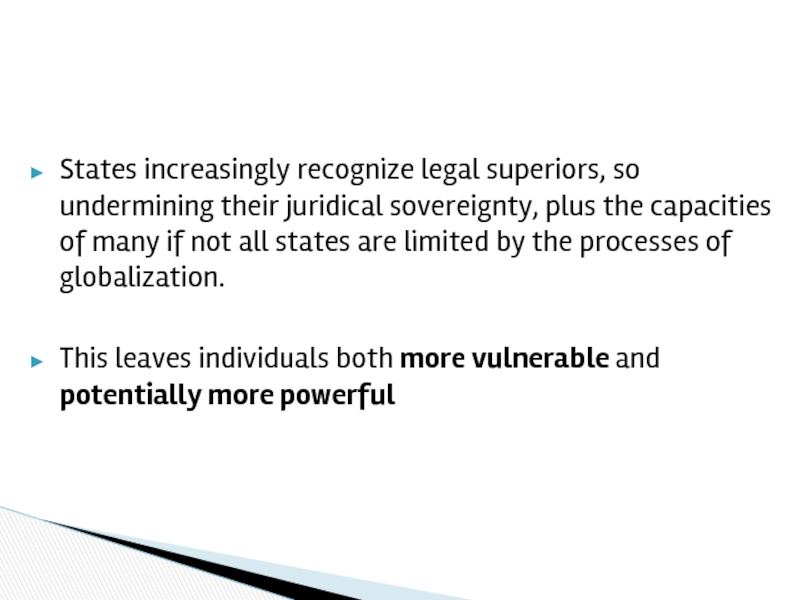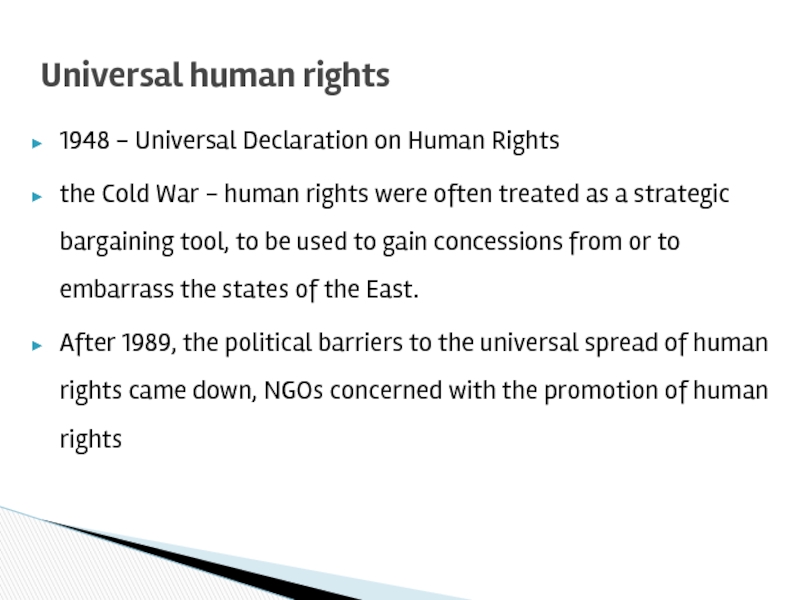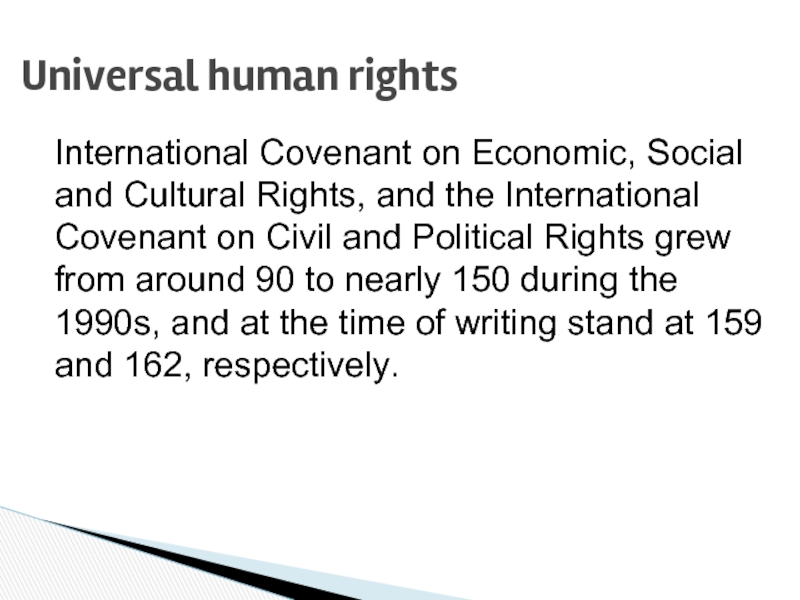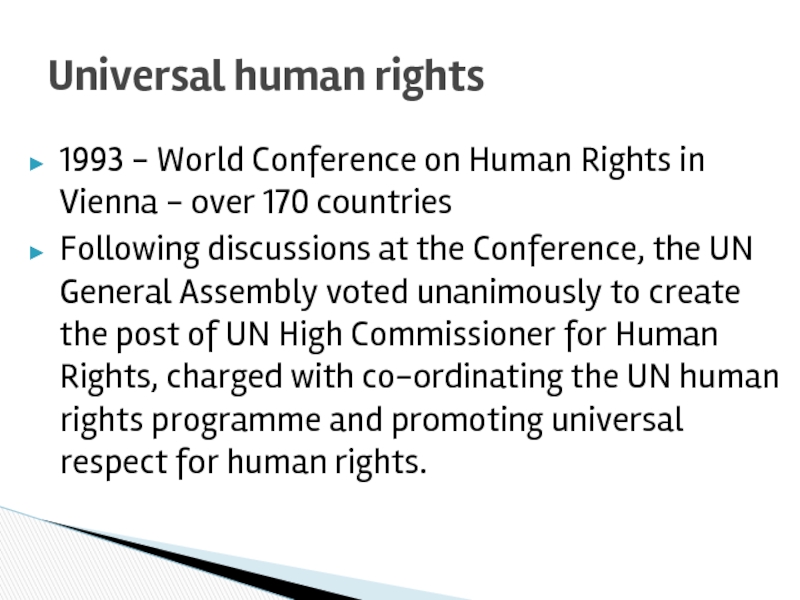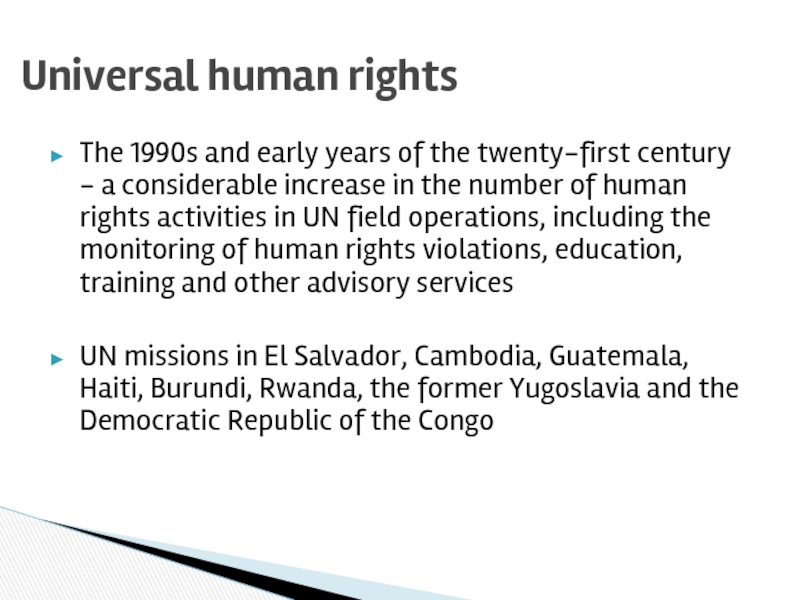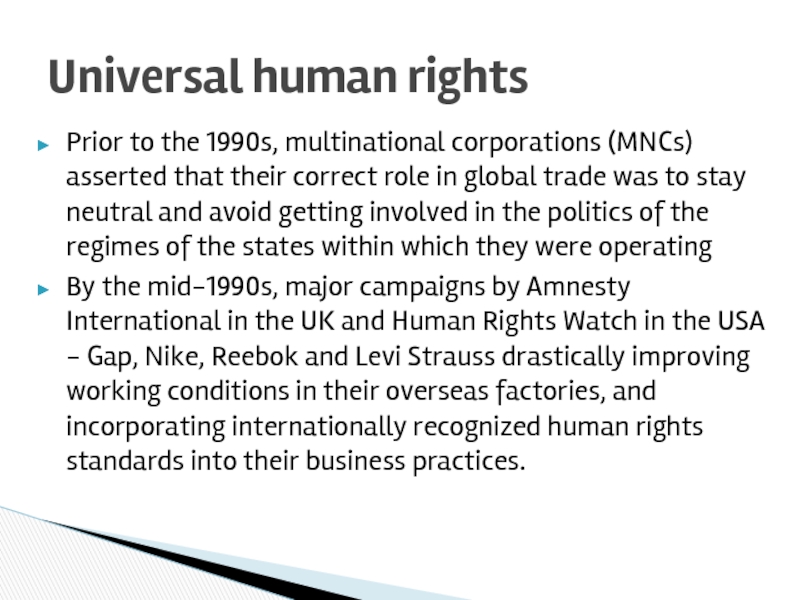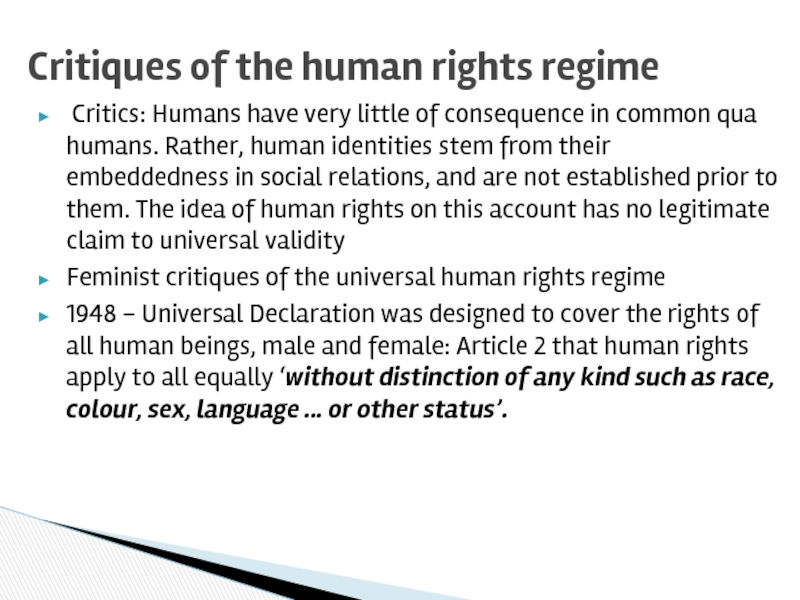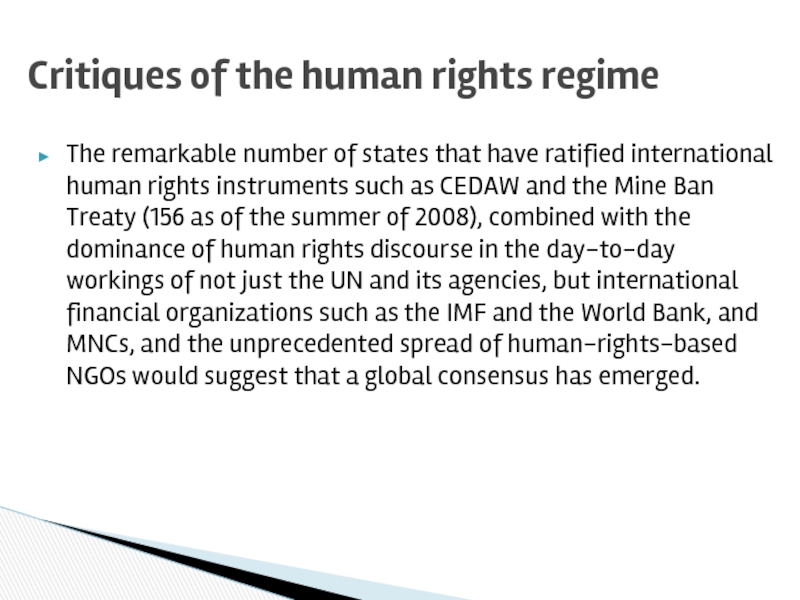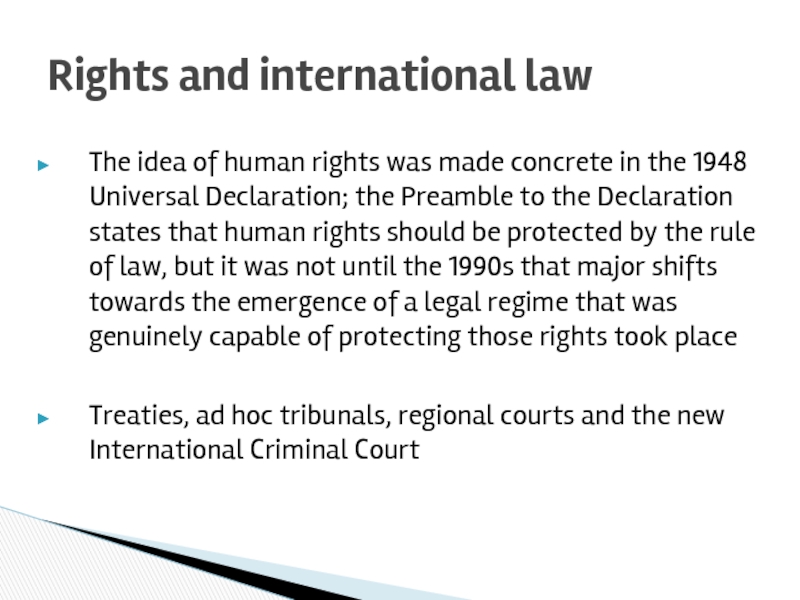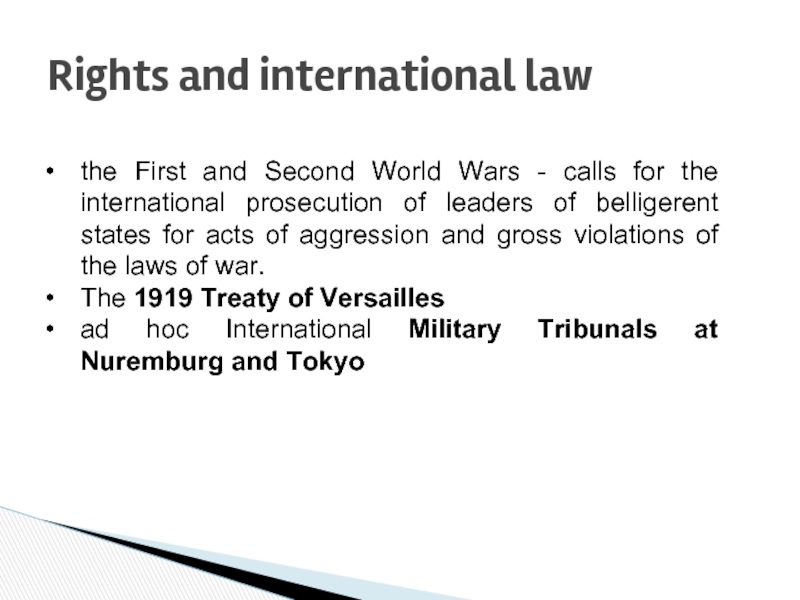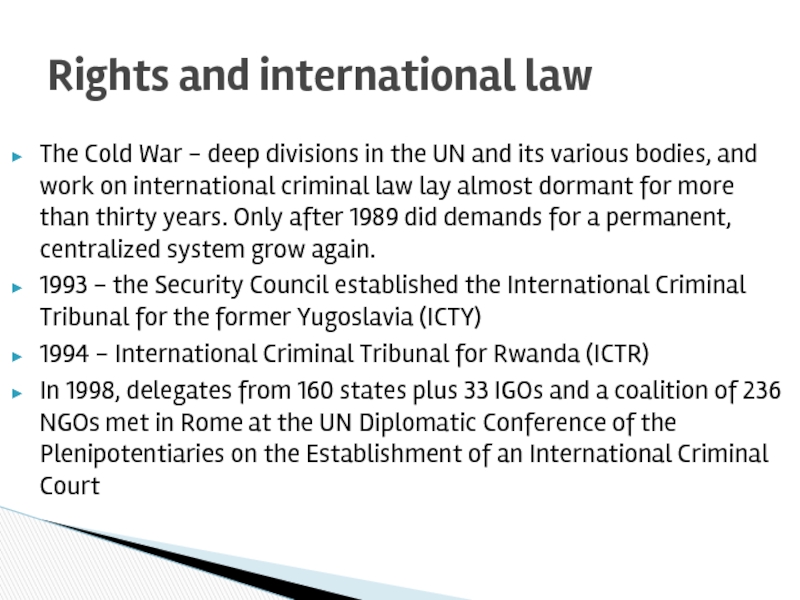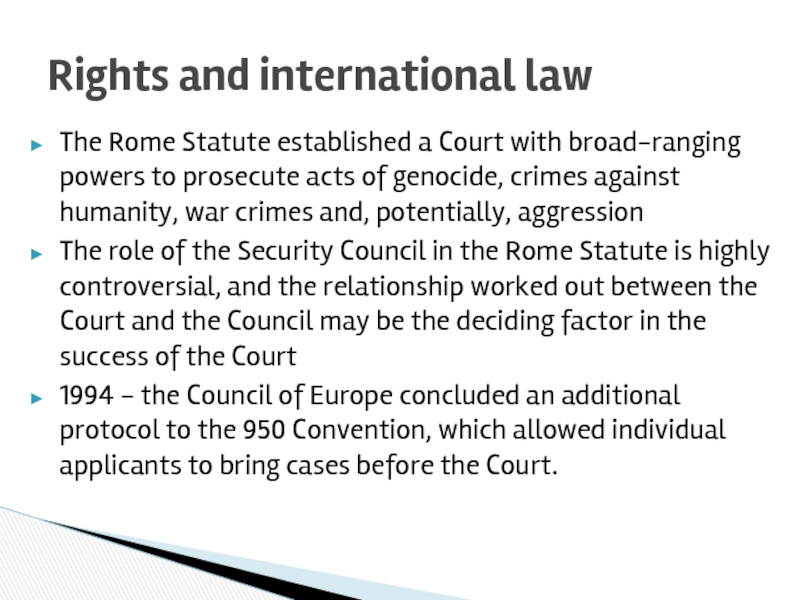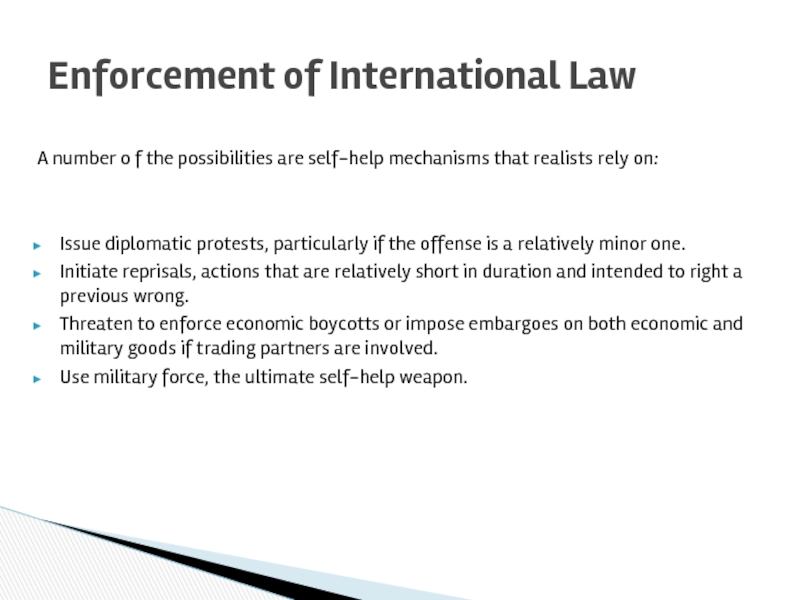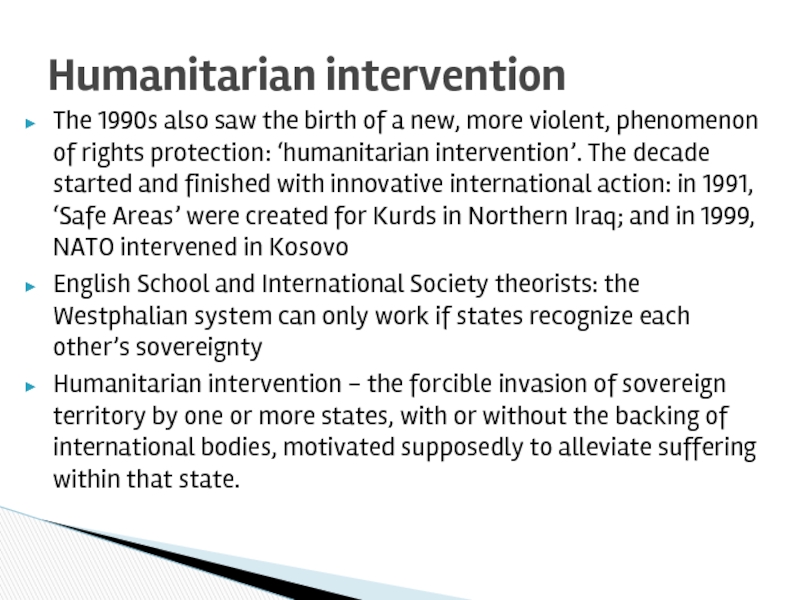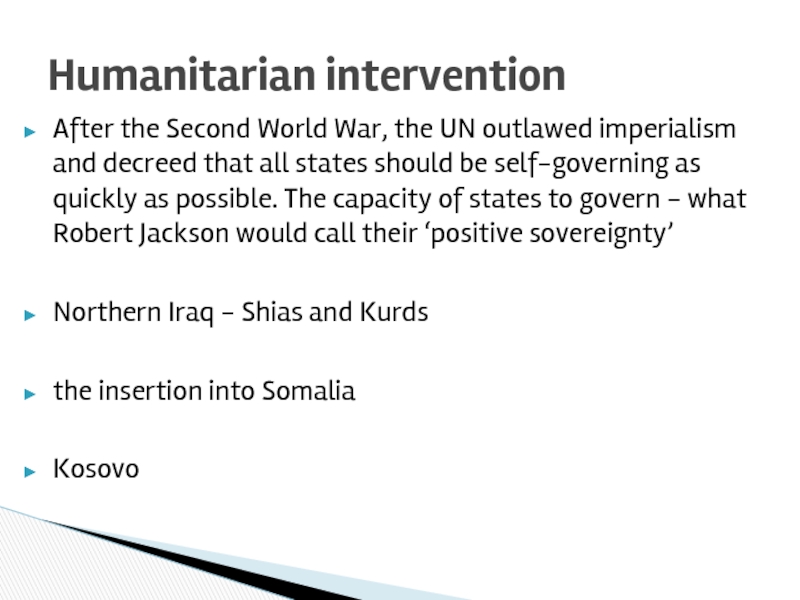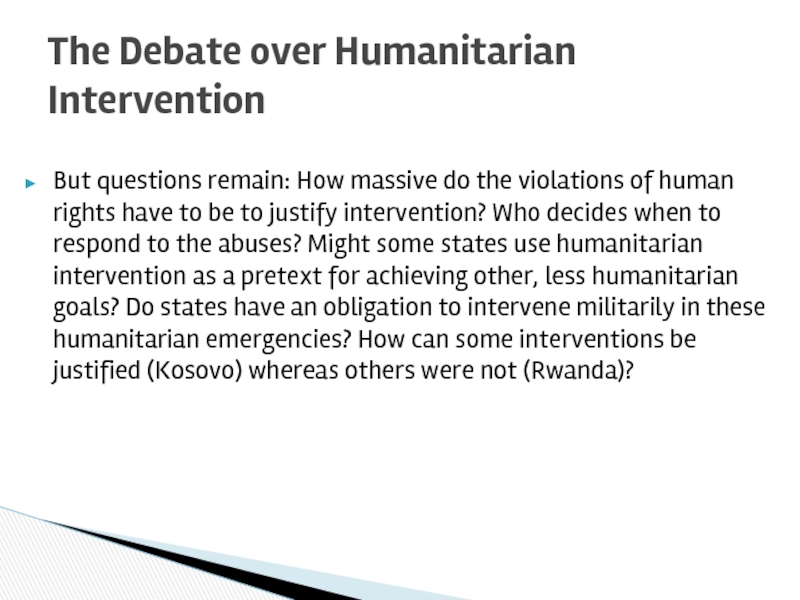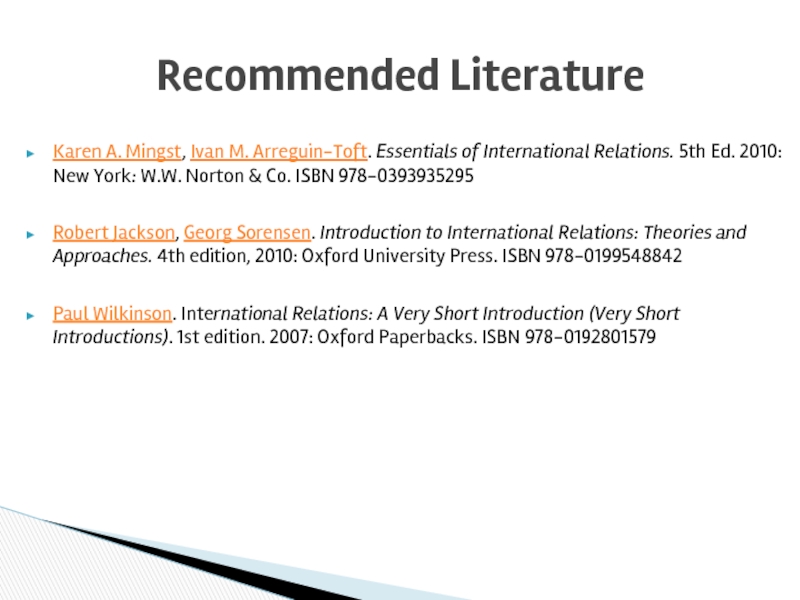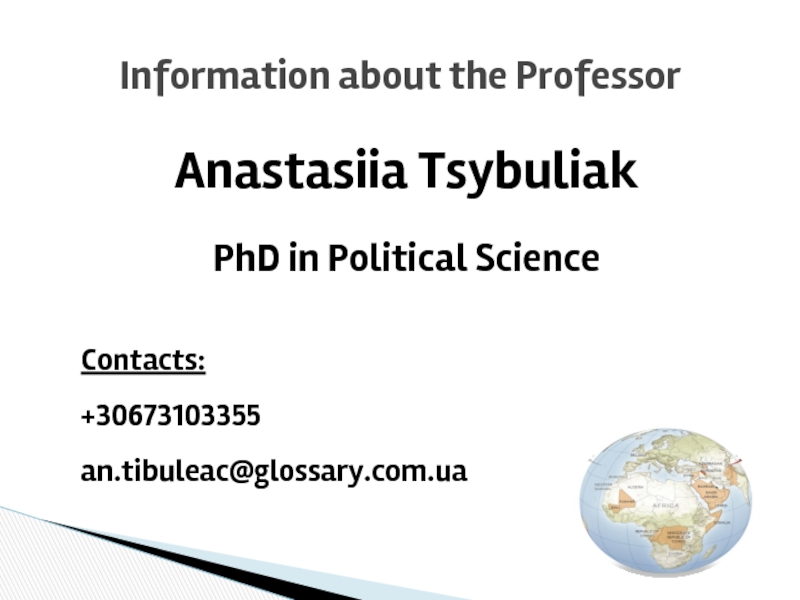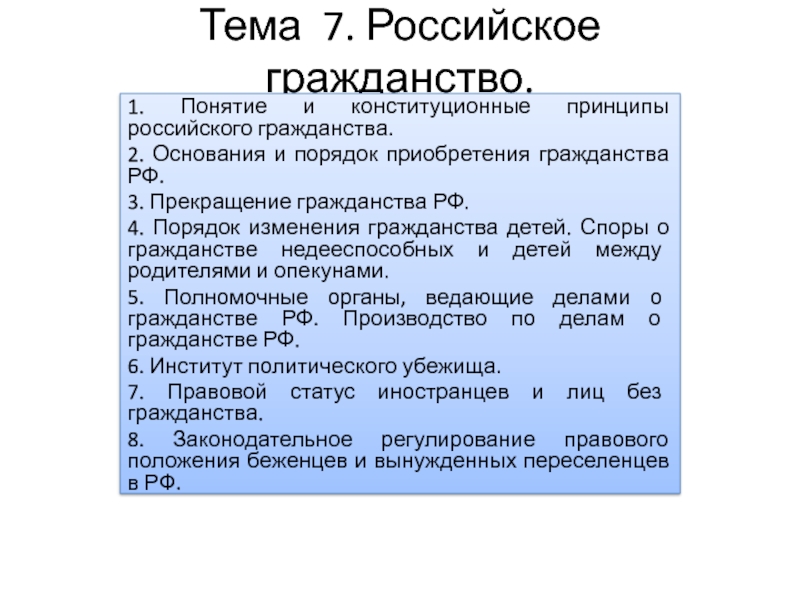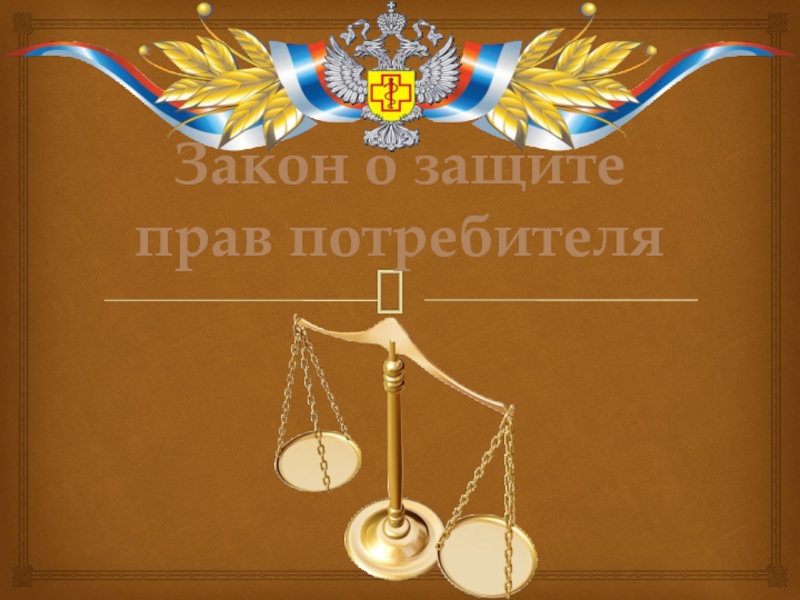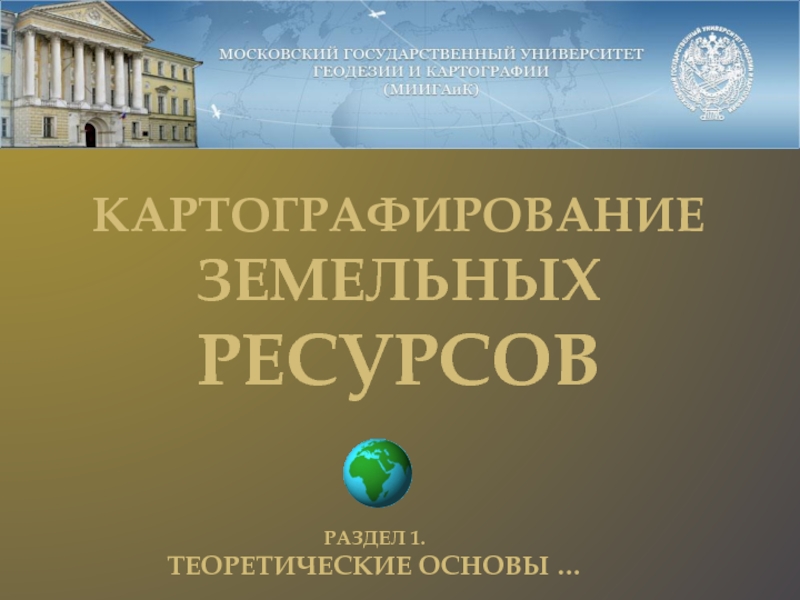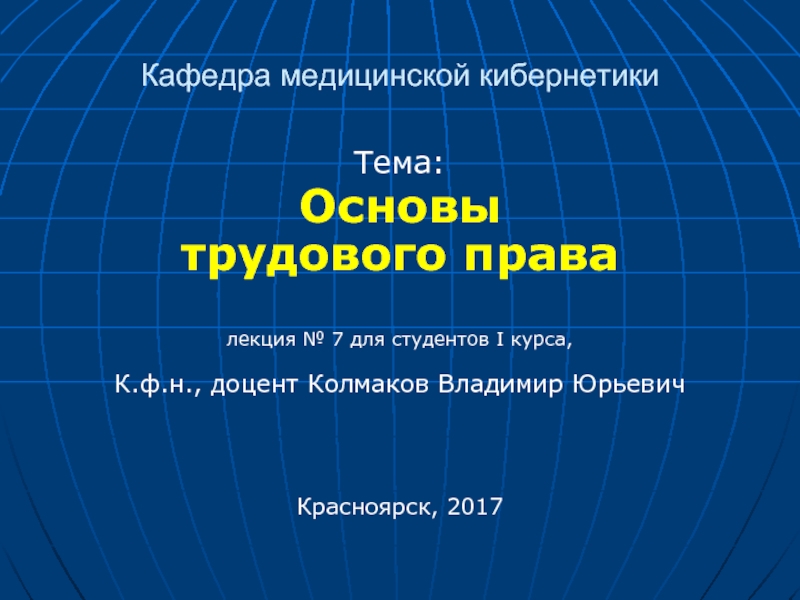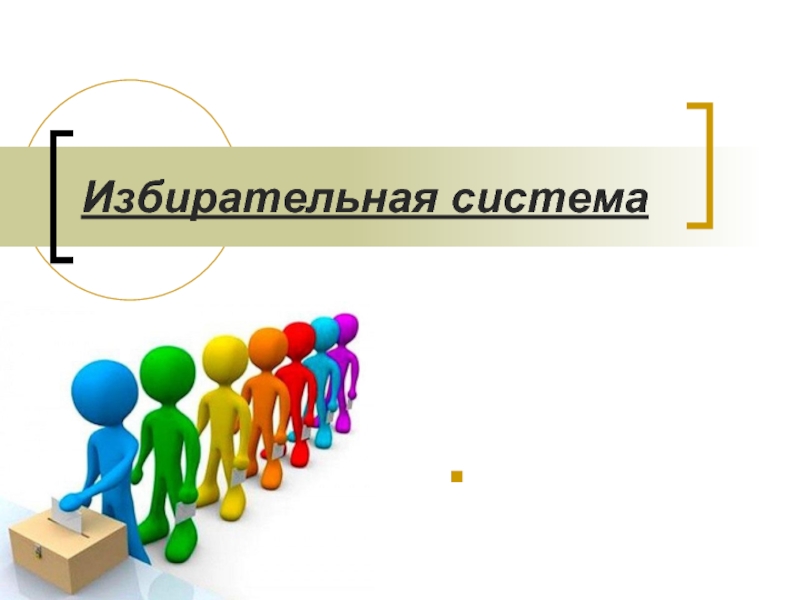- Главная
- Разное
- Дизайн
- Бизнес и предпринимательство
- Аналитика
- Образование
- Развлечения
- Красота и здоровье
- Финансы
- Государство
- Путешествия
- Спорт
- Недвижимость
- Армия
- Графика
- Культурология
- Еда и кулинария
- Лингвистика
- Английский язык
- Астрономия
- Алгебра
- Биология
- География
- Детские презентации
- Информатика
- История
- Литература
- Маркетинг
- Математика
- Медицина
- Менеджмент
- Музыка
- МХК
- Немецкий язык
- ОБЖ
- Обществознание
- Окружающий мир
- Педагогика
- Русский язык
- Технология
- Физика
- Философия
- Химия
- Шаблоны, картинки для презентаций
- Экология
- Экономика
- Юриспруденция
International relations and individual: human rights, humanitarian law and humanitarian war презентация
Содержание
- 1. International relations and individual: human rights, humanitarian law and humanitarian war
- 2. International Relations and Individual: Human Rights, Humanitarian
- 3. Universal human rights Rights and international law Humanitarian intervention
- 4. States increasingly recognize legal superiors, so
- 5. 1948 - Universal Declaration on Human Rights
- 6. Universal human rights International Covenant
- 7. 1993 - World Conference on Human Rights
- 8. Universal human rights The 1990s and early
- 9. International Committee of the Red Cross (ICRC)
- 10. Prior to the 1990s, multinational corporations (MNCs)
- 11. Critics: Humans have very little of
- 12. The remarkable number of states that have
- 13. The idea of human rights was made
- 14. Rights and international law the
- 15. The Cold War - deep divisions in
- 16. The Rome Statute established a Court with
- 17. A number o f the possibilities
- 18. The 1990s also saw the birth of
- 19. After the Second World War, the UN
- 20. The Chinese and Russian arguments against intervention
- 21. But questions remain: How massive do the
- 22. Karen A. Mingst, Ivan M. Arreguin-Toft. Essentials
- 23. Information about the Professor Anastasiia Tsybuliak PhD in Political Science Contacts: +30673103355 an.tibuleac@glossary.com.ua
Слайд 2International Relations and Individual: Human Rights, Humanitarian Law and Humanitarian War
Session 14
Слайд 4
States increasingly recognize legal superiors, so undermining their juridical sovereignty, plus
This leaves individuals both more vulnerable and potentially more powerful
Слайд 51948 - Universal Declaration on Human Rights
the Cold War - human
After 1989, the political barriers to the universal spread of human rights came down, NGOs concerned with the promotion of human rights
Universal human rights
Слайд 6
Universal human rights
International Covenant on Economic, Social and Cultural Rights, and
Слайд 71993 - World Conference on Human Rights in Vienna - over
Following discussions at the Conference, the UN General Assembly voted unanimously to create the post of UN High Commissioner for Human Rights, charged with co-ordinating the UN human rights programme and promoting universal respect for human rights.
Universal human rights
Слайд 8Universal human rights
The 1990s and early years of the twenty-first century
UN missions in El Salvador, Cambodia, Guatemala, Haiti, Burundi, Rwanda, the former Yugoslavia and the Democratic Republic of the Congo
Слайд 9International Committee of the Red Cross (ICRC)
Medecins Sans Frontieres (MSF)
Oxfam
Human
To make human rights the ‘business of business’
Universal human rights
Слайд 10Prior to the 1990s, multinational corporations (MNCs) asserted that their correct
By the mid-1990s, major campaigns by Amnesty International in the UK and Human Rights Watch in the USA - Gap, Nike, Reebok and Levi Strauss drastically improving working conditions in their overseas factories, and incorporating internationally recognized human rights standards into their business practices.
Universal human rights
Слайд 11 Critics: Humans have very little of consequence in common qua
Feminist critiques of the universal human rights regime
1948 - Universal Declaration was designed to cover the rights of all human beings, male and female: Article 2 that human rights apply to all equally ‘without distinction of any kind such as race, colour, sex, language ... or other status’.
Critiques of the human rights regime
Слайд 12The remarkable number of states that have ratified international human rights
Critiques of the human rights regime
Слайд 13The idea of human rights was made concrete in the 1948
Treaties, ad hoc tribunals, regional courts and the new International Criminal Court
Rights and international law
Слайд 14
Rights and international law
the First and Second World Wars - calls
The 1919 Treaty of Versailles
ad hoc International Military Tribunals at Nuremburg and Tokyo
Слайд 15The Cold War - deep divisions in the UN and its
1993 - the Security Council established the International Criminal Tribunal for the former Yugoslavia (ICTY)
1994 - International Criminal Tribunal for Rwanda (ICTR)
In 1998, delegates from 160 states plus 33 IGOs and a coalition of 236 NGOs met in Rome at the UN Diplomatic Conference of the Plenipotentiaries on the Establishment of an International Criminal Court
Rights and international law
Слайд 16The Rome Statute established a Court with broad-ranging powers to prosecute
The role of the Security Council in the Rome Statute is highly controversial, and the relationship worked out between the Court and the Council may be the deciding factor in the success of the Court
1994 - the Council of Europe concluded an additional protocol to the 950 Convention, which allowed individual applicants to bring cases before the Court.
Rights and international law
Слайд 17
A number o f the possibilities are self-help mechanisms that realists
Issue diplomatic protests, particularly if the offense is a relatively minor one.
Initiate reprisals, actions that are relatively short in duration and intended to right a previous wrong.
Threaten to enforce economic boycotts or impose embargoes on both economic and military goods if trading partners are involved.
Use military force, the ultimate self-help weapon.
Enforcement of International Law
Слайд 18The 1990s also saw the birth of a new, more violent,
English School and International Society theorists: the Westphalian system can only work if states recognize each other’s sovereignty
Humanitarian intervention - the forcible invasion of sovereign territory by one or more states, with or without the backing of international bodies, motivated supposedly to alleviate suffering within that state.
Humanitarian intervention
Слайд 19After the Second World War, the UN outlawed imperialism and decreed
Northern Iraq - Shias and Kurds
the insertion into Somalia
Kosovo
Humanitarian intervention
Слайд 20The Chinese and Russian arguments against intervention do not turn on
They see humanitarian intervention as either the pursuit of self-interest dressed up as ethical action, or as mistaken policy made possible by the temporary absence of a balance of power.
The most prominent liberal theorist to support non-intervention is Michael Walzer
The Debate over Humanitarian Intervention
Слайд 21But questions remain: How massive do the violations of human rights
The Debate over Humanitarian Intervention
Слайд 22
Karen A. Mingst, Ivan M. Arreguin-Toft. Essentials of International Relations. 5th Ed.
Robert Jackson, Georg Sorensen. Introduction to International Relations: Theories and Approaches. 4th edition, 2010: Oxford University Press. ISBN 978-0199548842
Paul Wilkinson. International Relations: A Very Short Introduction (Very Short Introductions). 1st edition. 2007: Oxford Paperbacks. ISBN 978-0192801579
Recommended Literature
